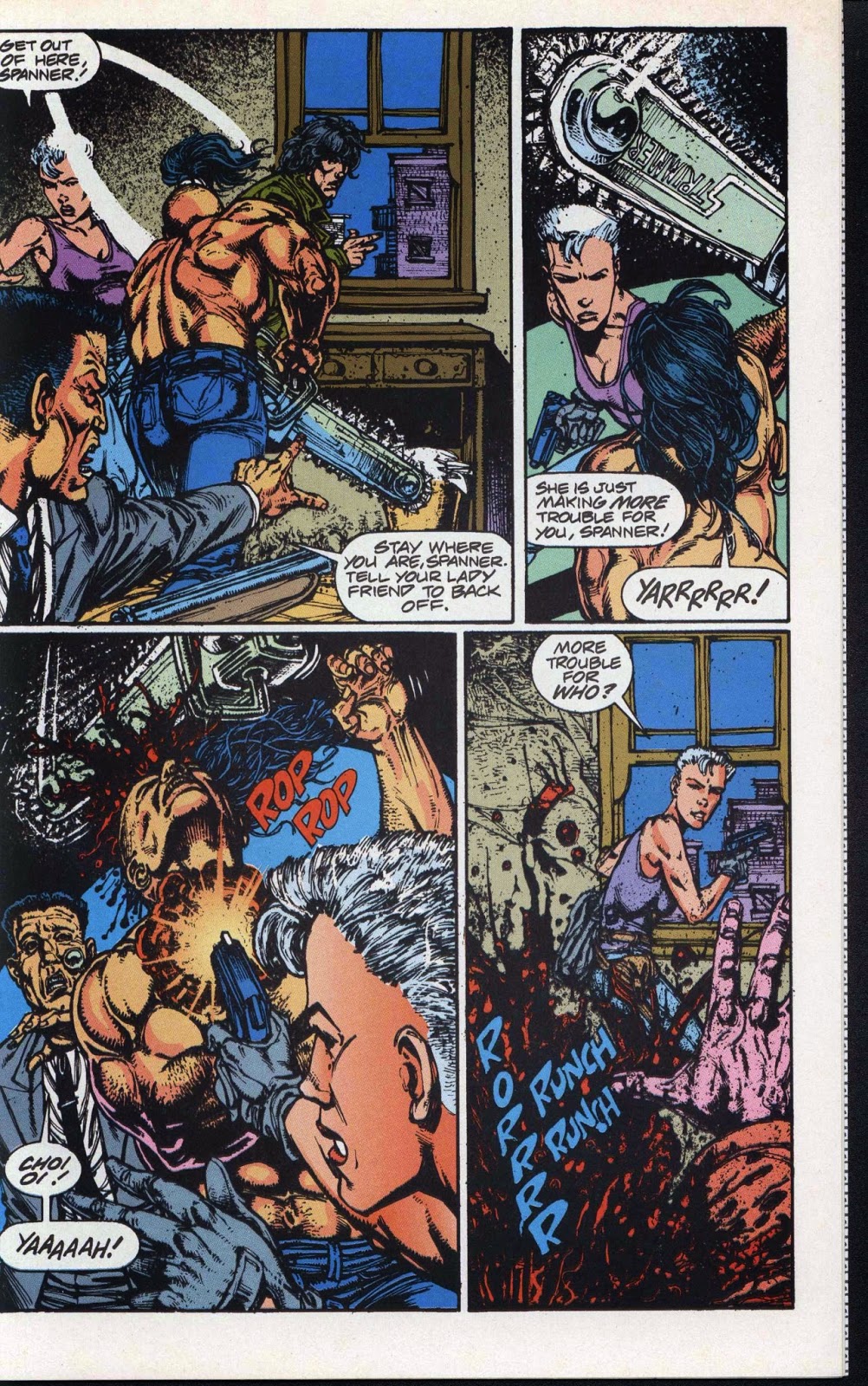5 / 5 Stars
In August 1976 I walked over to the local branch of the Binghamton Public Library, which was housed in a wing of a nearby junior high school. On the rack of ‘new paperbacks’ was the initial Signet printing of Stephen King’s ‘’Salem’s Lot’.
The 70s was the era of elaborate experimentations in paperback covers, and ‘Salem’s Lot was one of these experimentations…...the front cover was pitch black, save for the presence of a tiny drop of red blood dripping from the lip of the face of a young girl embossed on the cover.
It was necessary to examine the back cover to see the book’s title and sales blurb….
(For a gallery of 'Salem's Lot covers, as well as a review, readers are referred to the 'Too Much Horror' blog here).
I read ‘Salem’s Lot in a few days, back then in ’76, and found it one of the best horror novels I had ever read. I’ve since re-read it many times, most recently this month, and in my mind, it remains one of the best novels King ever wrote.
The theme – evil befalls a small town – has been steadily recycled in King’s later works, with ‘It’, ‘Desperation’, and ‘Under the Dome’, but ‘Salem’s Lot’ continues to be superior to all of them.
New English Library edition cover illustration by Tim White
As the novel opens, it’s a brilliant day in early September, 1975, and writer Ben Mears (a stand-in for the author; his physical description is that of King himself) is driving through Maine, on his way to the small town of Jerusalem’s Lot. Mears is seeking to recover from personal tragedy, and he hopes that relocating to the small town where he grew up will provide both artistic inspiration, and a chance to reconnect with the innocence of childhood.
In short order, Mears takes a room at a ‘Salem’s Lot boarding house, begins work on a new novel, and becomes romantically involved with a local girl. This being September '75, 'Fallin In Love', by Hamilton, Joe Frank, and Reynolds probably is playing on the FM radio. For Ben Mears, life is worth living again.
art print by Glenn Chadbourne
Straker also has purchased, and moved into, the Marsten House, the local haunted mansion. Ben Mears knows that the Marsten House is more than just a legend....and Straker's decision to live there is not the innocent act of an eccentric.
Marsten House model by John Stewart art
When a local dog is found mutilated, it is the signal that the quiet, mundane rhythms of life in a small town are about to be replaced by something much more disturbing, and for Ben Mears and 'Salem's Lot, the coming of Fall will bring with it '....the high, sweet, evil laughter of a child....and the sucking sounds......'
If you haven't yet read 'Salem's Lot, then it is mandatory that you pick it up. It's a pop culture touchstone, the embodiment of the 70s horror boom.
The story is a bit slow to get underway, and some of the dialogue can be trite at times, but once the Vampire Action starts up, the narrative begins to unfold with the right degree of momentum. And the battle between our heroes and the forces of darkness is by no means a battle with an assured triumph of good over evil.
[It's also worth getting King's 1978 short story collection Night Shift, which features two tales linked to the novel: 'One For the Road', and 'Jerusalem's Lot'.]
still from the November, 1979 miniseries from CBS















































































